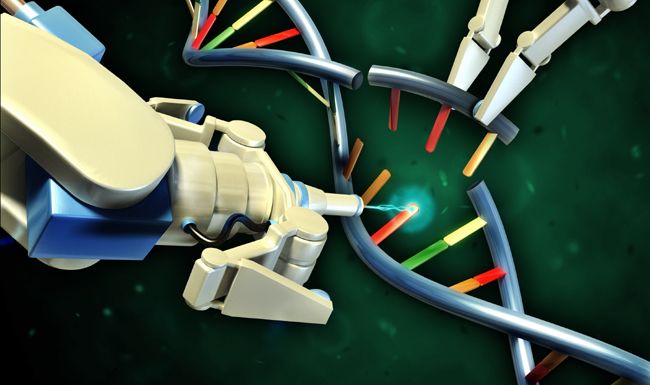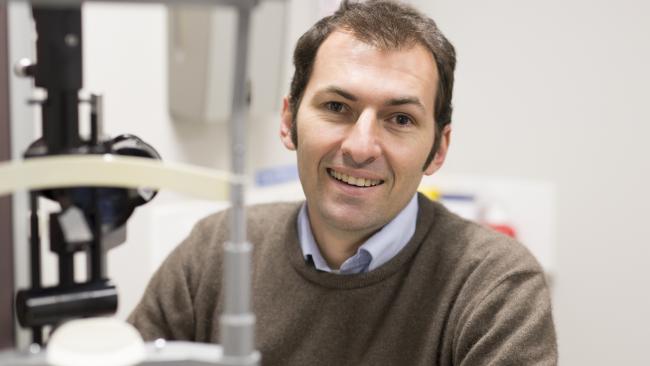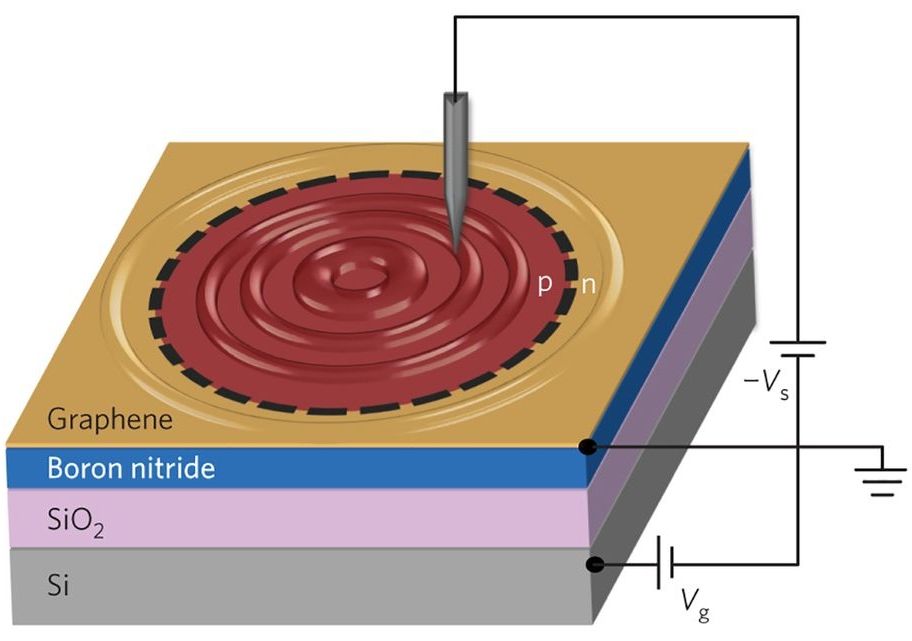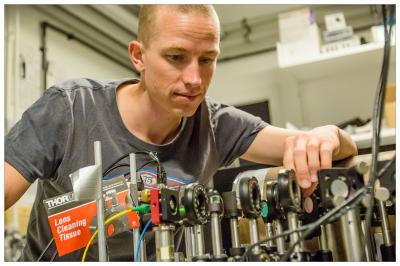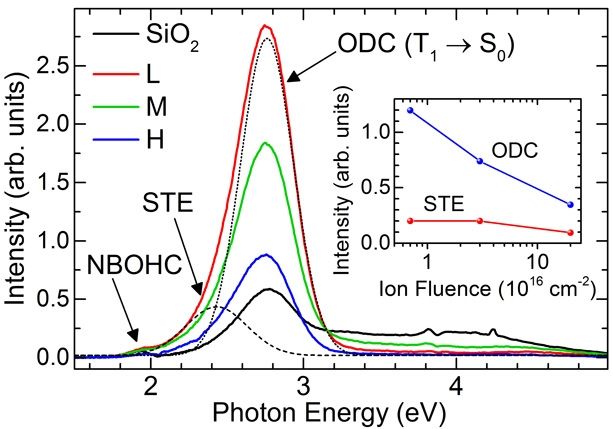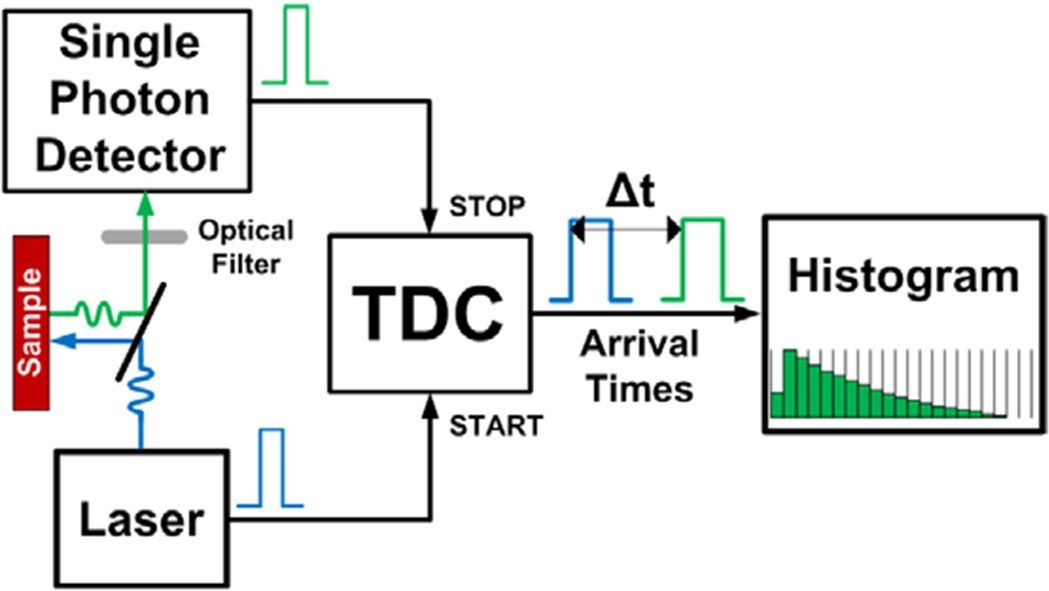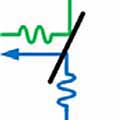Jul 15, 2016
The Rolls-Royce Phantom Now Has More Than 10,000 3D Printed Parts, BMW Looks to Expand Use Across Entire Line of Cars
Posted by Karen Hurst in categories: 3D printing, transportation
With more than 25 years of using 3D printing technology, there probably isn’t a global automotive manufacturer that has pushed the limits of using additive manufacturing applications than the BMW Group. For most of the quarter-century that they have been using 3D printing, it was primarily used in the production of prototypes or one-off custom parts. However BMW began using 3D printing technology to produce end-use parts in series production back in 2012 with their new Rolls-Royce Phantom. Over the next several years, more than 10,000 3D printed components would end up being used to manufacture each Phantom coupe that came off the assembly line. The switch from traditionally manufactured parts to 3D printed parts was so successful that BMW began incorporating them into the new Rolls-Royce Dawn this year.


